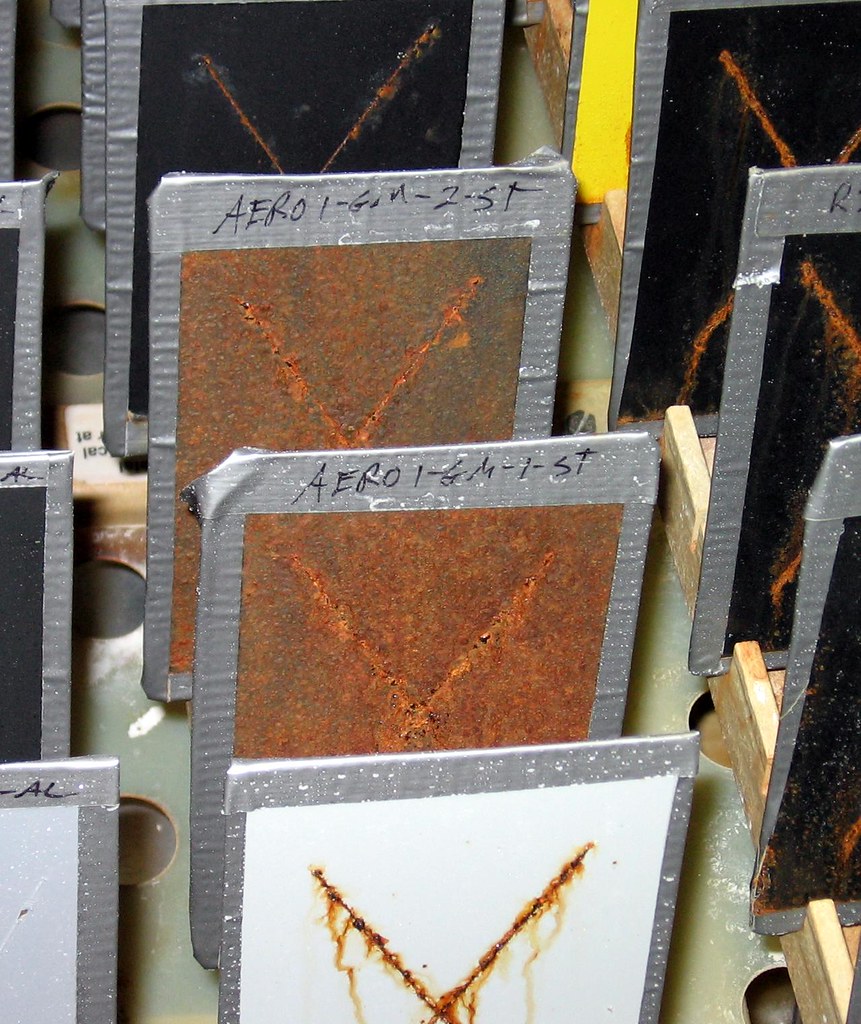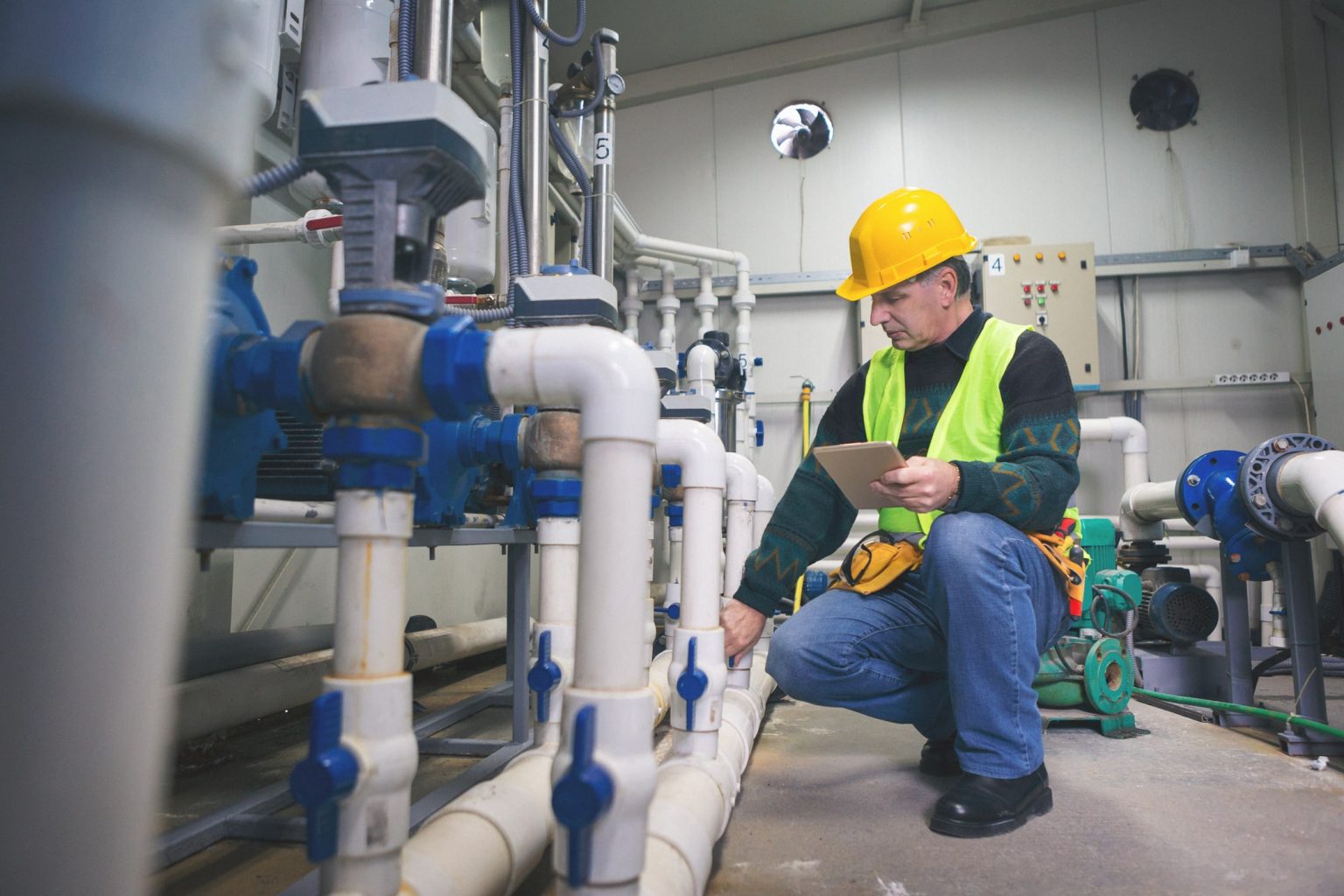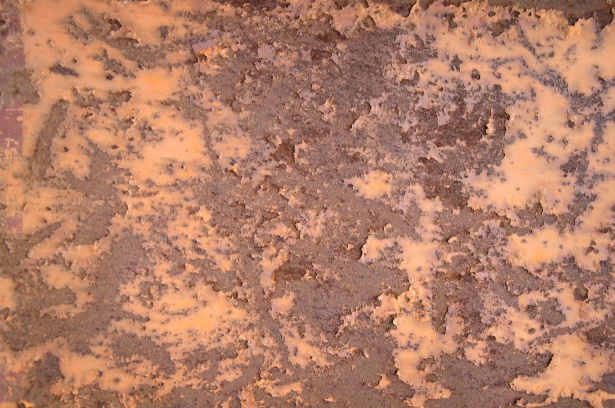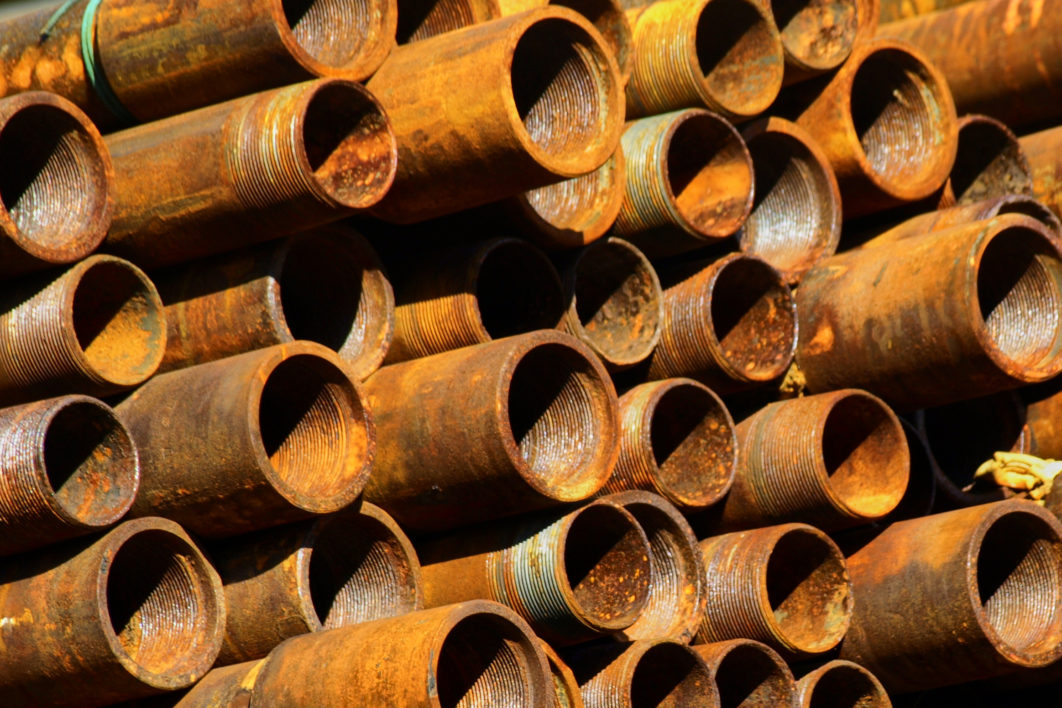
Updated September 28, 2022
Corrosion coupons are utilized to detect corrosion over time in water systems. They are weighed initially without any corrosion, and then their rate is compared after a certain amount of exposure to being inside the water of the system. The days they are exposed typically are 60, 90, or 120. These corrosion coupons come in various materials to asses different systems. The technique used with corrosion coupons, will greatly impact its effectiveness.
There are several benefits to utilizing corrosion coupons to track corrosion in your systems.
For corrosion coupon help contact the experts at Chardon Laboratories here.

Corrosion coupon analysis involves a number of variables which may significantly affect the results of the analysis. Make sure the design of the system and the installation of the coupon rack will produce accurate test results.
Before installing the coupons, complete the information on the coupon package. Turn off the system and carefully mount the coupons on the holder arms. Use a paper or cloth towel to prevent the oils on your skin from affecting the results. Once installed, turn the flow to the rack back on and adjust the flow rate to 3-5 FPS. Maintain constant flow throughout the study. Store the coupon envelopes in the controller or in a dry place near the coupon rack.
Remove the coupons after 60, 90 or 120 days as specified by the study. Carefully remove and dry each coupon on a paper towel. Take care not to remove material deposited on the coupon because deposits are an important part of the evaluation. Place the coupon into the original envelope without the plastic bag. Record the date of removal and send the coupon back to the Technical Support Laboratory as soon as possible. The results of the corrosion coupon analysis will be presented on a Laboratory Report for and include a written analysis, a photograph of the coupon, and a corrosion rate in mills per year, or MPY. Use the table below to evaluate the results from your study.
| Cooling Tower Result (MPY) | Closed Loop Result (MPY) | |||
| Corrosion Rate | Carbon Steel | Copper | Carbon Steel | Copper |
| Excellent | 1-3 | 0.1-0.3 | 0.2-0.5 | 0.1-0.25 |
| Good | 3-5 | 0.25-0.35 | 0.5-0.8 | 0.25-0.35 |
| Moderate | 5-8 | 0.35-0.5 | 0.8-1.0 | 0.35-0.5 |
| Poor | >8 | >1 | >1 | >0.5 |

Corrosion coupons are installed in a system with the intention of predicting the corrosion rate for the entire system. The obvious flaw with this reasoning is that the flow and temperature through a corrosion coupon rack will never duplicate the corrosion forces elsewhere in most systems. There is little effect on the coupon by temperature which would typically be a severe corrosive effect in actuality.
An additional factor to consider is that they are not effected by galvanic reactions caused on the metal. Corrosion coupons are placed in a position that does not directly touch the metal surfaces. Various electrochemical reactions are not measured because of this, and some corrosion tracking capability is lost. It does not account for areas with low flow. Low flow areas will accumulate corrosion and corrosion coupons not placed in those areas will leave them undetectable. It only accounts for general corrosion. Other factors such as under deposit corrosion and large deposit settlement in high-risk areas may go unnoticed by corrosion coupons. The most reliable indication of corrosion in the concentration of the total iron in the recirculating water. Even so, many facilities require coupon studies and below is the detailed procedure for installing and monitoring coupons.

We utilize corrosion coupons at Chardon to monitor water quality. To have us detect corrosion or other water quality issues reach out to us here.